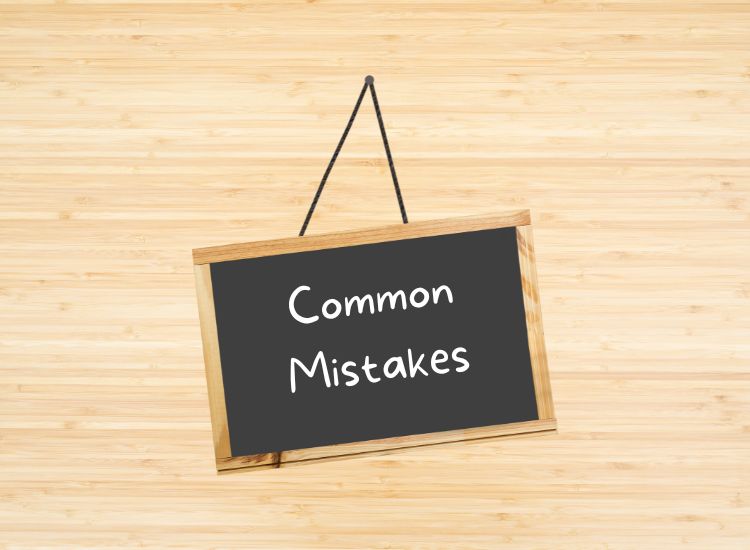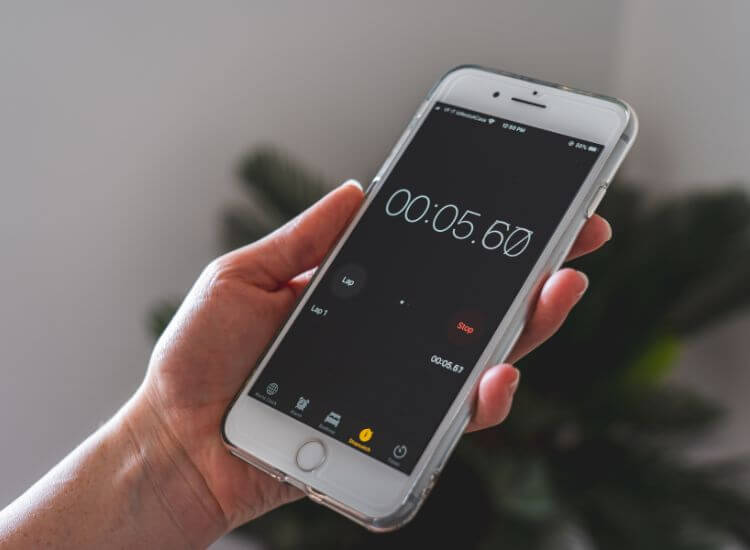



Speaking too fast may confuse your audience. Speaking too slowly may cause them to zone out. Your pace of speech, how quickly or slowly you deliver words, plays a significant role in how well your message is received. For professionals who rely on communication to influence, inform, or lead, mastering this element isn’t optional. It’s critical.
The way you control your speech rate can determine how clearly your message lands, how credible you appear, and how emotionally resonant your delivery feels. This article explores why pace of speech is crucial in public speaking and how you can use it effectively to enhance audience engagement, retention, and trust.
Pace of speech refers to how many words you speak per minute (wpm). A typical conversational pace ranges from 120 to 150 wpm. However, public speaking often benefits from a slightly slower rate—around 100 to 120 wpm—allowing your audience time to process ideas, take notes, or react emotionally.
It’s not just about slowing down. Effective speakers vary their pace intentionally. They may slow down to underscore a point or speed up slightly to convey excitement. Finding the right rhythm is about more than mechanics; it’s about emotional intelligence and understanding your listeners.

A common belief is that speaking slowly always helps people understand more clearly. But research tells a more complex story.
According to a study, the benefit of slower-paced speech depends largely on the listener's working memory capacity. In the study, comprehension of slow versus normal-paced speech was tested in individuals with varying levels of cognitive impairment. Results showed that:
This illustrates that pacing should not be slowed arbitrarily. Instead, it must be adjusted thoughtfully based on your audience. For example, when addressing a professional crowd familiar with your topic, a moderately brisk pace with clear transitions may keep engagement high. But for general audiences or when introducing new concepts, a measured, well-paced delivery with pauses and emphasis can aid comprehension.
It's one reason TED speakers often speak at or below 140 words per minute. They adapt their pacing based on when they’re explaining, storytelling, or driving home key points—giving listeners enough time to absorb the message without dragging it out.
Your speaking pace directly impacts perceptions of your confidence and credibility. Speaking too quickly is often interpreted as nervousness or lack of preparation. On the other hand, deliberate pacing projects control and self-assurance.
Toastmasters International, a respected organization for speakers, emphasizes that a steady pace gives the impression that the speaker is knowledgeable and trustworthy. Pausing at key moments not only improves clarity but also reinforces authority.
Effective storytelling relies on emotional beats, and these require pacing. By slowing down during key moments, pausing after a powerful statement, or building suspense with shorter phrases, speakers create a stronger emotional connection.
Think of impactful speeches like Martin Luther King Jr.’s "I Have a Dream." His deliberate use of pacing and pauses added gravity to his words. Similarly, motivational speakers and political leaders adjust their tempo to guide their audience’s emotional response.

Knowing the theory is one thing. Avoiding the common pitfalls of poor pacing is another.
Anxiety often causes people to speed up without realizing it. If you've ever walked off stage wondering if you forgot to breathe, this might be your pattern. Overcompensation is common, but it dilutes the power of your words.
Solution: Breathe deeply between points. Mark pause breaks in your notes. Use feedback tools or apps to monitor your speed.
Trying too hard to slow down can lead to awkward gaps and disengagement. A speaker who drags syllables or stretches pauses risks sounding uncertain or bored.
Solution: Focus on clarity and rhythm rather than “slowness.” Practice varying your speed to maintain listener interest.
Your audience determines your optimal pace. A room full of industry experts might handle a brisker pace with technical jargon. A general audience needs more space to process ideas.
Solution: Adjust your delivery based on the complexity of your content and familiarity of your audience with the topic.

You don’t need to guess your speaking speed. Practical tools and mindful habits can help you measure and adjust your pace of speech for better results.
Use a timer or speech analysis tool to calculate your average words per minute. Practicing with a measurable goal keeps your pacing intentional. If you’re not sure where to start, try the free Speaking Speed Calculator. Simply paste your script and enter your speaking time—it will instantly show you how fast you're speaking and how to adjust for clarity.
Set a target between 100 and 120 wpm, depending on your content and audience. From there, practice until you can deliver your material at a steady, listener-friendly rate.
Silence isn’t awkward—it’s powerful. A two- or three-second pause allows your audience to catch up, reflect, or anticipate what comes next. This technique can be especially effective after a rhetorical question or important statistic.
Teleprompter software, especially those that allow you to adjust scroll speed, reinforces consistent delivery and smooth pacing. Practicing with tools like Teleprompter.com helps you stay aligned with your ideal words-per-minute target, whether you’re preparing a keynote or refining a webinar script.
The platform is browser-based and mobile-friendly, making it easy to rehearse from any device. You can import your script, control speed, and even mirror text for external displays—ideal for presentations and recordings.
Sign up for free at Teleprompter.com and streamline your practice sessions with better pacing and confidence.
Studying skilled communicators can help you understand how pace shapes perception. Here are three public figures who effectively control their speaking rate:
Their delivery styles weren’t just natural; they were deliberate, practiced, and adapted to their audience.
Improving your pace doesn’t require reinventing your entire speaking style. Small, consistent actions can make a big difference.
These strategies, applied consistently, can help speakers of all levels control their delivery with greater precision.
Pace of speech is more than a stylistic choice. It affects every layer of public speaking—from clarity and credibility to emotional impact. Speaking too quickly can overwhelm your audience. Speaking too slowly may disconnect them. The balance lies in intentional variation, strategic pausing, and practice.
If you’re serious about improving your communication skills, start tracking your speaking pace. Use tools, feedback, and observation to guide your practice. With thoughtful adjustments, your words will carry more weight, and your audience will thank you for it.
Looking to refine your delivery? Start by recording your next presentation and analyze your pace. It’s one of the easiest ways to gain control over your performance and boost your presence as a speaker.
The optimal pace ranges from 100 to 120 words per minute, which is slower than casual conversation. This helps audiences better absorb and retain information.
Nervous energy and adrenaline often cause speakers to speed up unconsciously. Breathing exercises and mindful pacing techniques can help regulate your rate.
Yes. While slower speech aids comprehension, dragging out your delivery can make you sound disengaged. The key is variation and intentional emphasis.
Record yourself or get feedback from others. Use speech tracking tools to measure your average wpm, and aim for clarity, engagement, and natural rhythm.



